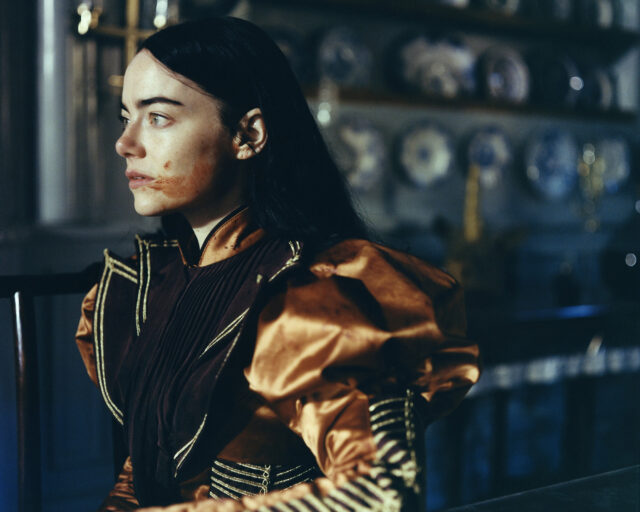9 Inspiring Photobooks by Contemporary Women Photographers
From Justine Kurland’s imagined runaways to Wendy Red Star’s feminist, Indigenous perspective, here are essential titles by today’s leading artists.
Wendy Red Star, Spring, from the series Four Seasons, 2006, from Wendy Red Star: Delegation (Aperture, 2022)
Courtesy the artist

Courtesy the artist
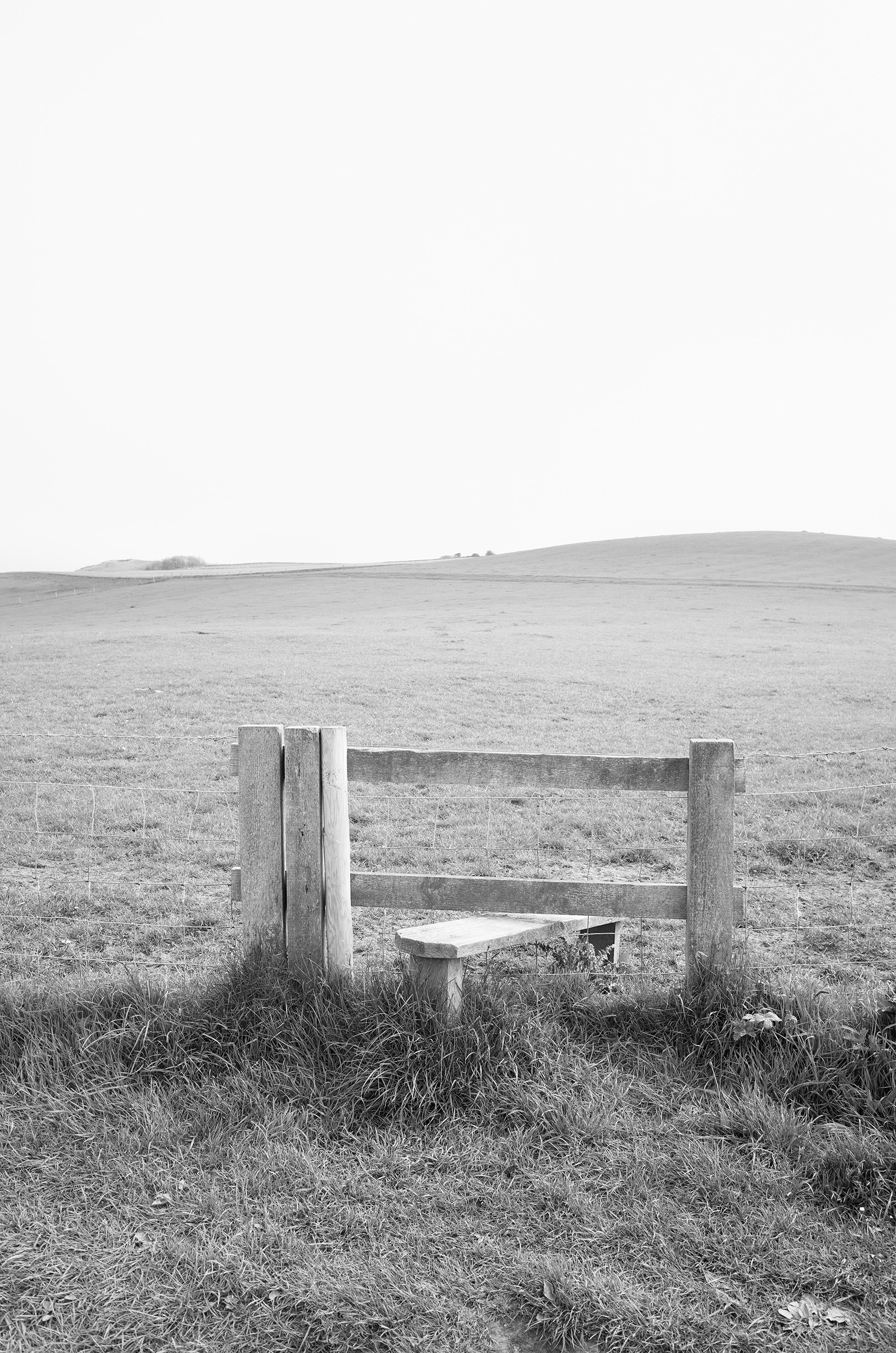
Sam Contis: Overpass (2022)
In Overpass, Sam Contis explores what it means to move through the landscape. Walking along a vast network of centuries-old footpaths through the English countryside, Contis focuses on stiles, the simple structures that offer a means of passage over walls and fences and allow public access through privately owned land. In immersive sequences of black-and-white photographs, they become repeating sculptural forms in the landscape, invitations to free movement on one hand and a reminder of the history of enclosure on the other.
In an age of rising nationalism and a renewed insistence on borders, Overpass invites us to reflect on how we cross boundaries, who owns space, and the ways we have shaped the natural environment and how we might shape it in the future.

Courtesy the artist
Sara Cwynar: Glass Life (2021)
Sara Cwynar’s multilayered portraits are an investigation of color and image-driven consumer culture. Cwynar’s work circles around a large range of ideas and interests, from the ways subjective notions of beauty form through images, to the fetishization of consumer objects and color, to informal image archives.
Working in her studio, Cwynar collects, arranges, and archives eBay purchases into her visually complex tableaux that examine how images circulate online, as well as how the lives and purposes of both physical objects and their likenesses change over time. This work is brought together in Glass Life, the first comprehensive monograph of this celebrated multidisciplinary artist.
Collect a limited-edition of Sara Cwynar: Glass Life featuring a special case and c-print.
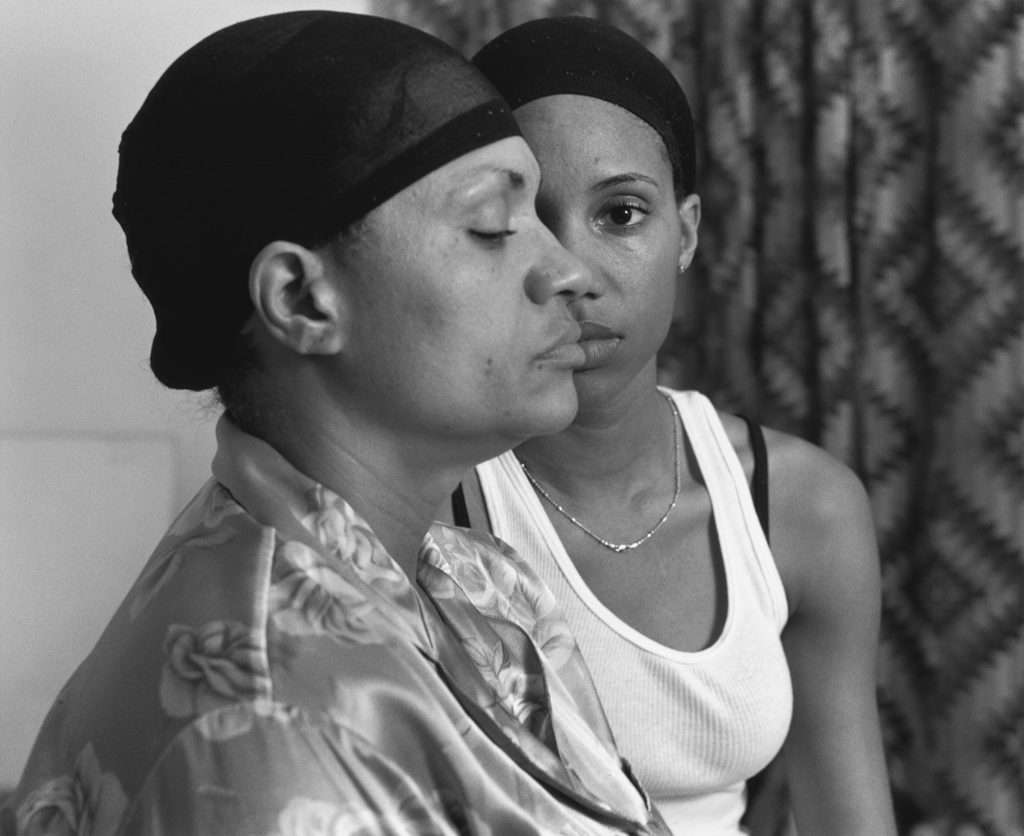
Courtesy the artist
LaToya Ruby Frazier, The Notion of Family, 2016 (First published 2014)
LaToya Ruby Frazier’s award-winning first photobook, The Notion of Family, offers an incisive exploration of the legacies of racism and economic decline in America’s small towns, as embodied by her hometown of Braddock, Pennsylvania. Examining this impact throughout the community and her own family, Frazier intervenes in the histories and narratives of the region. Setting the story across three generations—her grandma Ruby, her mother, and herself—Frazier’s statement becomes both personal and political.
In The Notion of Family, Frazier knowingly acknowledges and expands on the traditions of classic black-and-white documentary photography, enlisting the participation of her family, her mother in particular. In the creation of these collaborative works, Frazier reinforces the idea of art- and image-making as transformative acts, means of resetting traditional power dynamics and narratives—both those of her family and of the community at large.
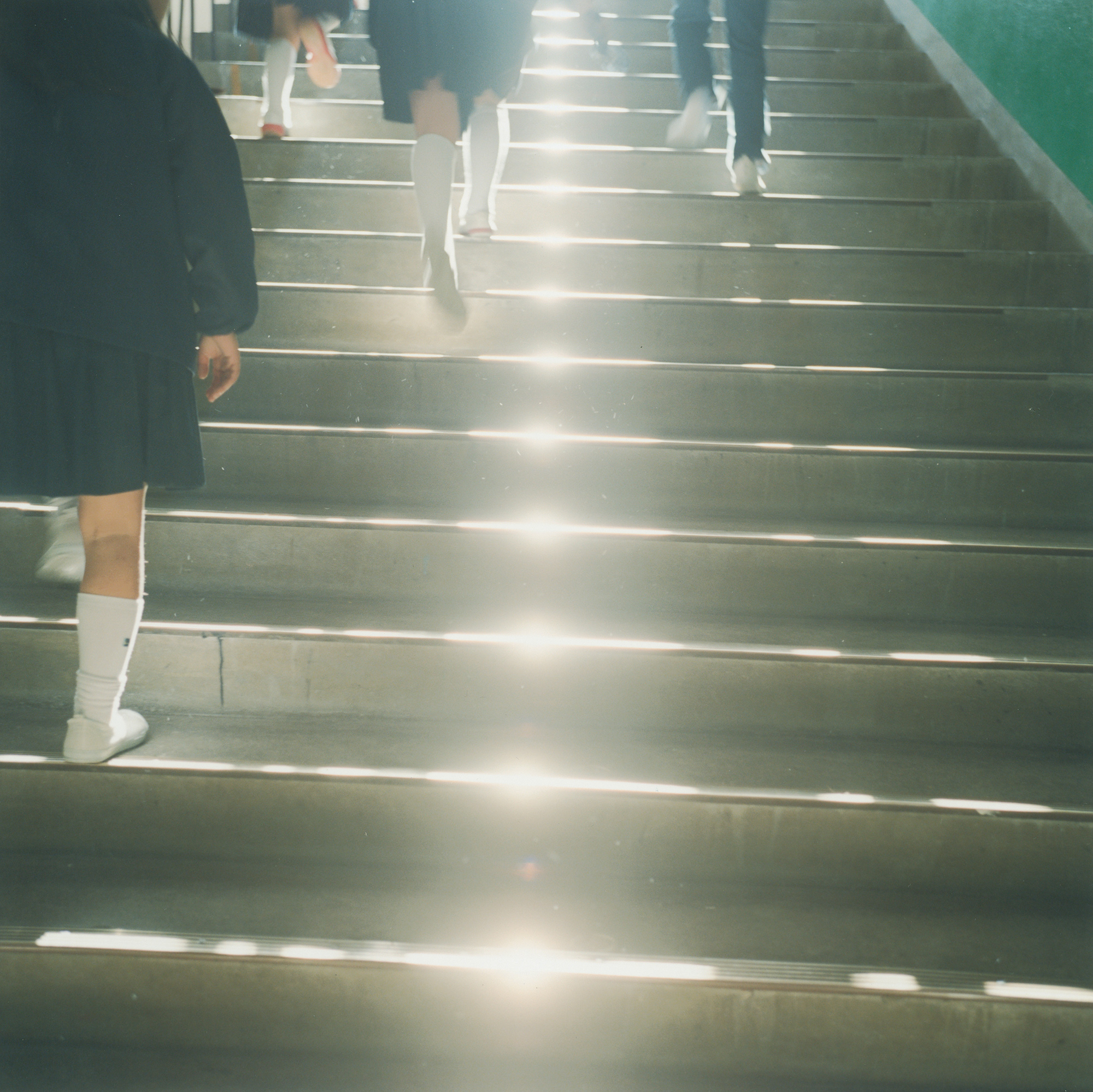
Courtesy the artist

Rinko Kawauchi: Illuminance, 2021 (First published 2011)
In her images of keenly observed gestures and details, Rinko Kawauchi reveals the mysterious and beautiful realm at the edge of the everyday world. For Kawauchi, the act of photographing is less a way of referring to the appearance of everyday reality than it is evoking the luminous openness that exists when the boundaries between things become blurred. As Kawauchi describes, “I want imagination in the photographs—a photograph is like a prologue. You wonder, ‘What’s going on?’ You feel something is going to happen.”
Ten years after its original publication, Aperture published a new edition of Kawauchi’s beloved photobook, retaining the artist’s original sequence alongside new texts by David Chandler, Masatake Shinohara, and Lesley A. Martin that contribute new context to and perspective on Kawauchi’s influential work.
Collect a limited-edition print from Rinko Kawauchi: Illuminance.
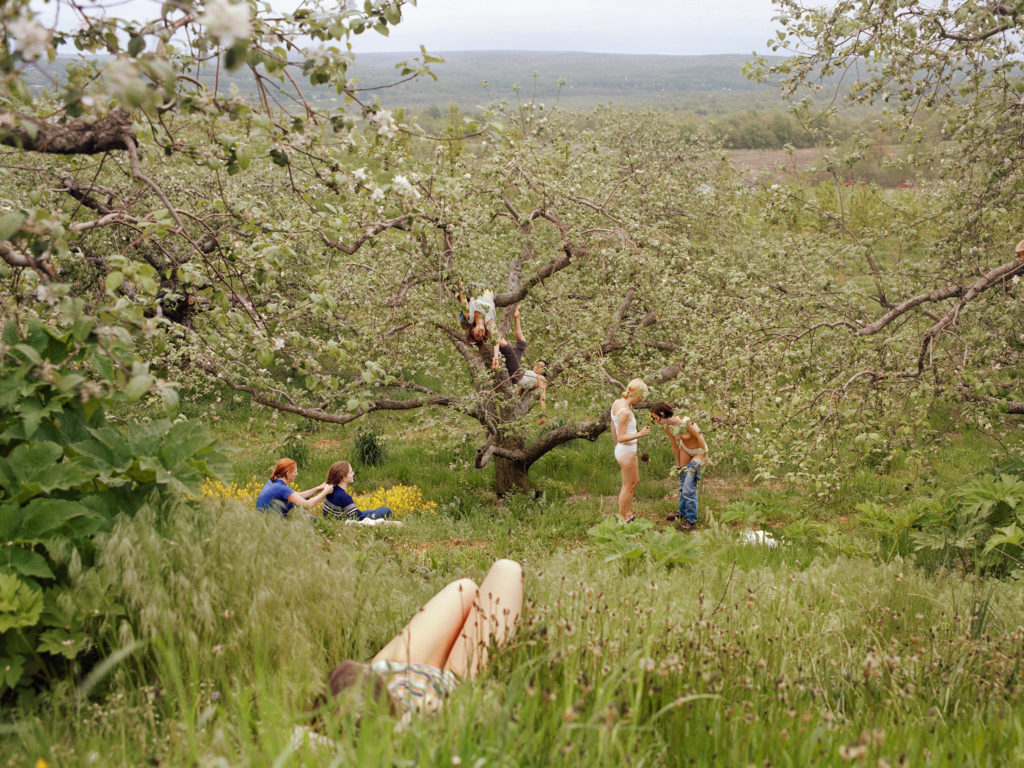
Courtesy the artist
Justine Kurland: Girl Pictures (2020)
The North American landscape is an enduring symbol of romance, rebellion, escape, and freedom. At the same time, it’s a profoundly masculine myth: cowboys, outlaws, Beat poets. Photographer Justine Kurland, known for her utopian images of American landscapes and their fringe communities, sought to reclaim this space with her now-iconic series Girl Pictures. Taken between 1997 and 2002, Kurland’s photographs stage scenes of teenage girls as imagined runaways, offering a radical vision of community and feminism.
Kurland portrays these girls as fearless and free, tender yet fierce. They hunt and explore, braid each other’s hair, swim in sun-dappled watering holes. Kurland imagines a world at once lawless and utopian, an Eden in the wild. “I wanted to make the communion between girls visible, foregrounding their experiences as primary and irrefutable. I imagined a world in which acts of solidarity between girls would engender even more girls,” writes Kurland. “Behind the camera, I was also somehow in front of it—one of them, a girl made strong by other girls.”
Collect a limited-edition print from Justine Kurland: Girl Pictures.
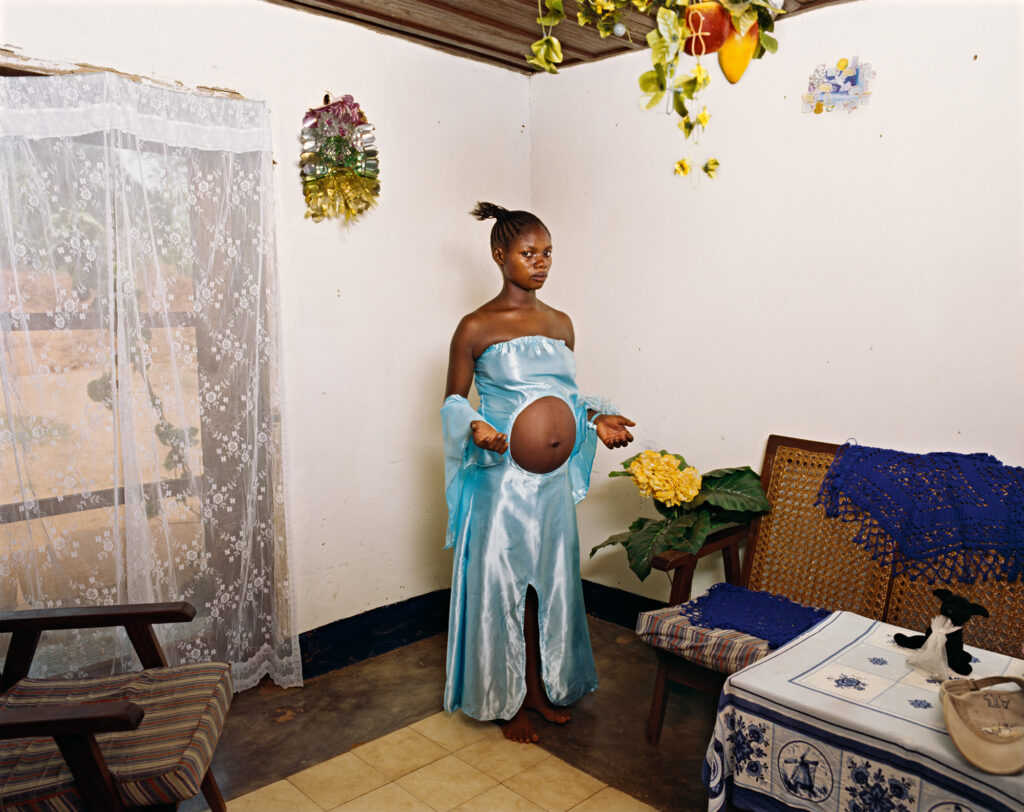
Courtesy the artist and Rhona Hoffman Gallery, Chicago, and Sikkema Jenkins & Co., New York
Deana Lawson: An Aperture Monograph (2018)
Over the last decade, Deana Lawson has created a visionary language to describe identities through intimate portraiture and striking accounts of ceremonies and rituals. Using medium- and large-format cameras, Lawson works with models throughout the US, Caribbean, and Africa to construct arresting, highly structured, and deliberately theatrical scenes. Signature to Lawson’s work is an exquisite range of color and attention to detail—from the bedding and furniture in her domestic interiors, to the lush plants and Edenic gardens that serve as dramatic backdrops.
Aperture published the artist’s landmark first publication, Deana Lawson: An Aperture Monograph, in 2018. In 2020, Lawson became the first photographer to be awarded the Hugo Boss Prize. One of the most compelling photographers of her generation, Lawson portrays the personal and the powerful. “Outside a Deana Lawson portrait you might be working three jobs, just keeping your head above water, struggling,” writes Zadie Smith. “But inside her frame you are beautiful, imperious, unbroken, unfallen.”
Collect a limited-edition of Deana Lawson: An Aperture Monograph featuring a special slipcase and custom tipped-in c-print.

Courtesy the artist and Marian Goodman Gallery
An-My Lê: On Contested Terrain (2020)
Throughout her thirty-year career, An-My Lê has photographed sites of former battlefields—spaces reserved for training for or reenacting war—and the noncombatant roles of active service members. Lê is part of a lineage of photographers who have adapted the conventions of landscape photography to explore the structures of conflict that have long informed American history and identity. Yet she is one of the few who have experienced the sights and sounds associated with growing up in a war zone, having evacuated her home country of Vietnam as a teenager in 1975.
On Contested Terrain is the first comprehensive survey of Lê’s work, featuring formative early works, as well as her well-known series Small Wars, 29 Palms, and Events Ashore, and Lê’s most recent photographs from the US-Mexico border. “Lê’s photographs are balanced, quiet, and nuanced works of art that offer the viewer an opportunity for contemplation,” Dan Leers writes. “She invites us to examine our own perception of, and involvement in, war as something that is not straightforward or clear-cut.”
Collect a special book and print bundle of An-My Lê: On Contested Terrain.
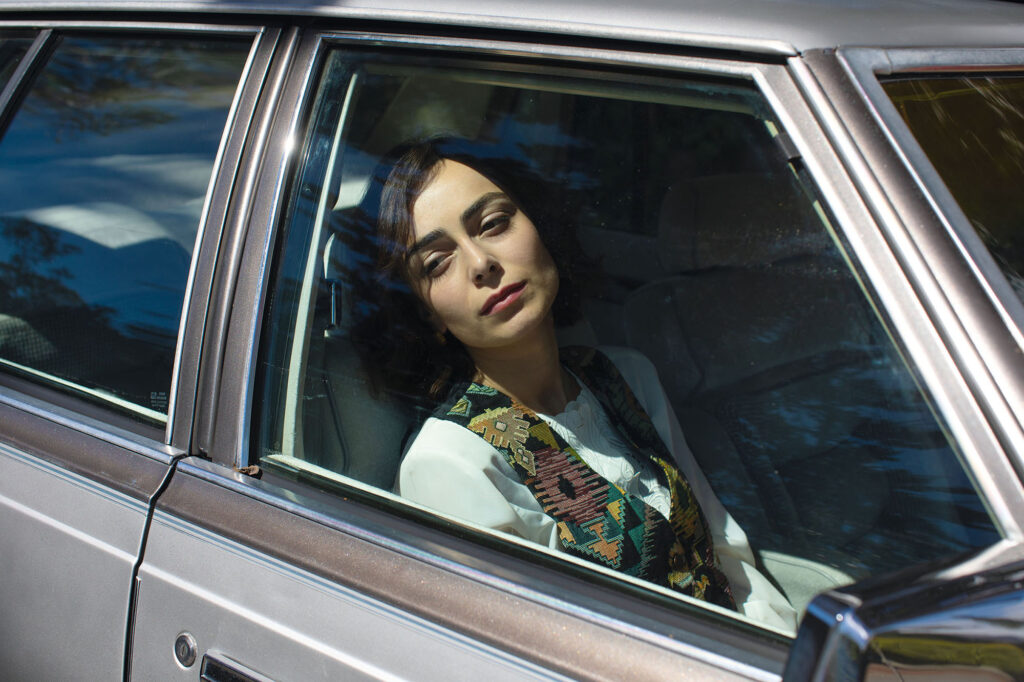
Courtesy the artist
Diana Markosian: Santa Barbara (2020)
In Santa Barbara, Diana Markosian recreates the story of her family’s journey from post-Soviet Russia to the US in the 1990s. Following the collapse of the Soviet Union, Markosian’s mother, Svetlana, moved to the US with her two young children. The family moved in with a man named Eli in Santa Barbara, California, a city made famous in Russia when the 1980s soap opera of that name became the first American television show broadcast there.
Weaving together reenactments by actors, archival images, and stills from the original Santa Barbara TV show, Markosian reconsiders her family’s story from her mother’s perspective, relating to her mother for the first time as a woman, and coming to terms with the profound sacrifices Svetlana made to become an American. Brought together in Markosian’s debut monograph, the series offers an innovative and compelling hybrid of personal and documentary storytelling.
Collect a limited-edition print portfolio from Diana Markosian: Santa Barbara.
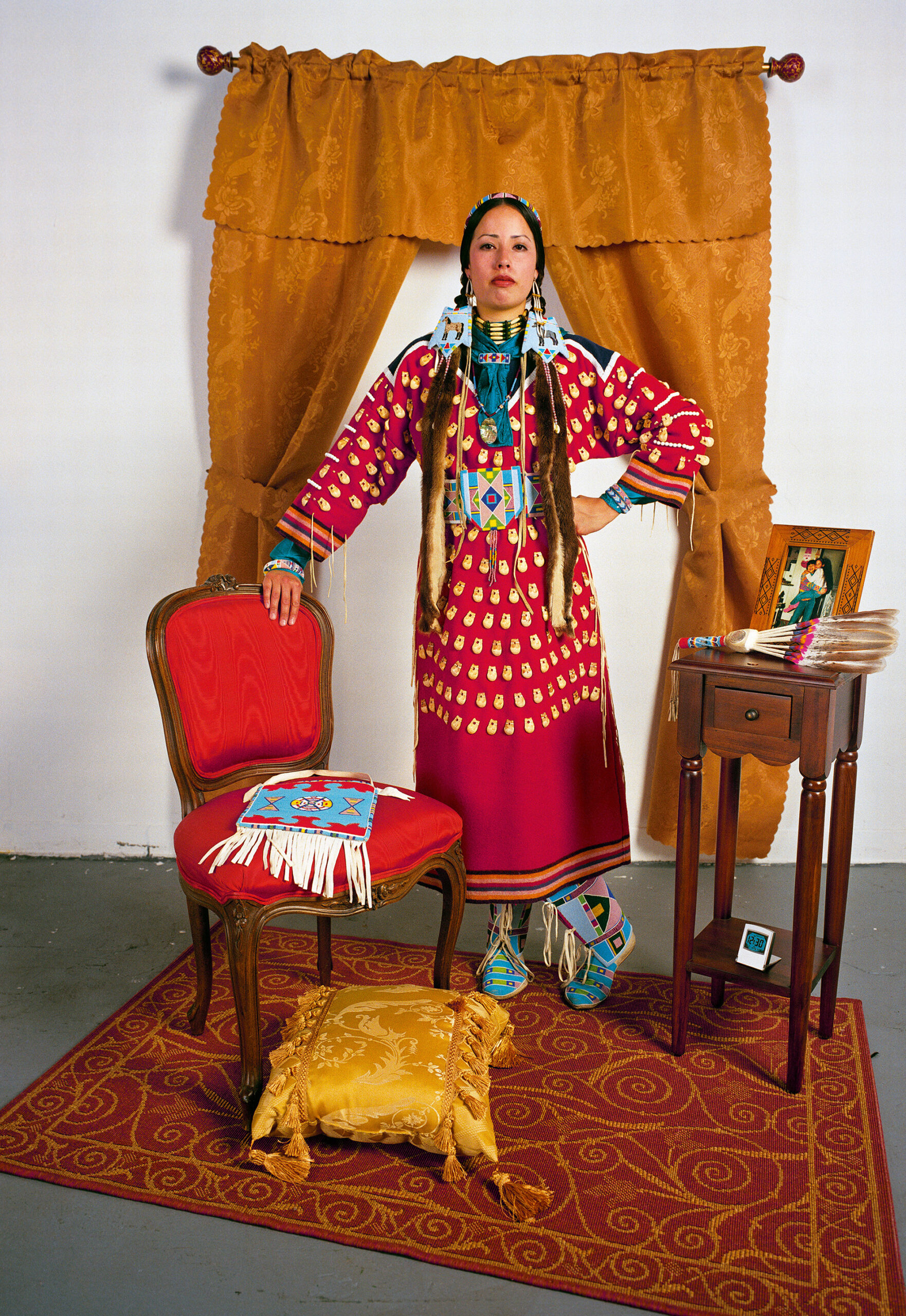
Courtesy the artist
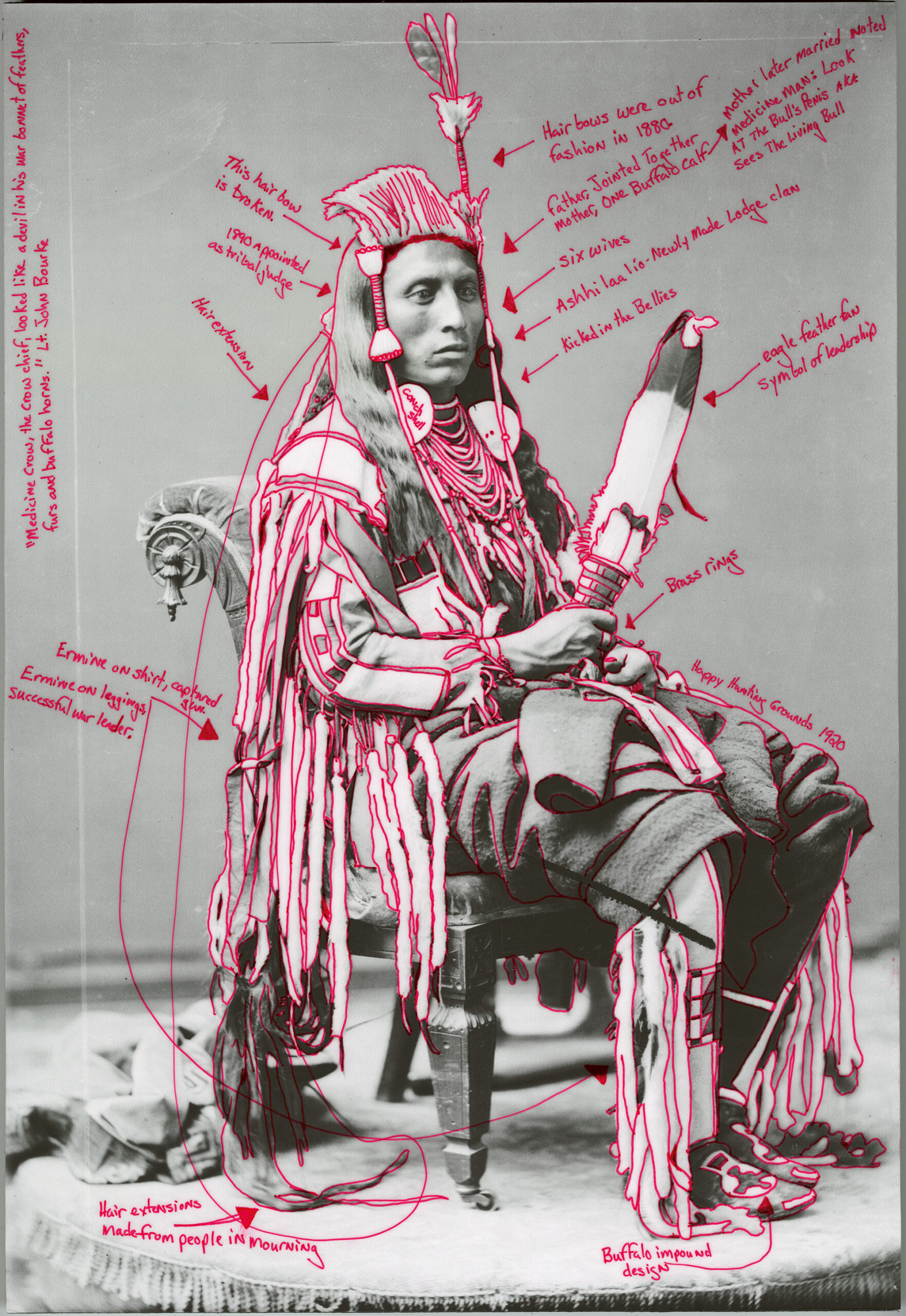
Courtesy the artist
Wendy Red Star: Delegation (2022)
In her dynamic photographs, Wendy Red Star recasts historical narratives with wit, candor, and a feminist, Indigenous perspective. Red Star (Apsáalooke/Crow) centers Native American life and material culture through her imaginative self-portraiture, vivid collages, archival interventions, and site-specific installations. Whether referencing nineteenth-century Crow leaders or 1980s pulp fiction, museum collections or family pictures, she constantly questions the role of the photographer in shaping Indigenous representation.
The artists’ first major monograph, Delegation, is a spirited testament to the intricacy of Red Star’s influential practice, gleaning from elements of Native American culture to evoke a vision of today’s world and what the future might bring.












